David Hofer, Milli Jannides

David Hofer and Milli Jannides, 2011
installation view: Hopkinson Cundy, Auckland
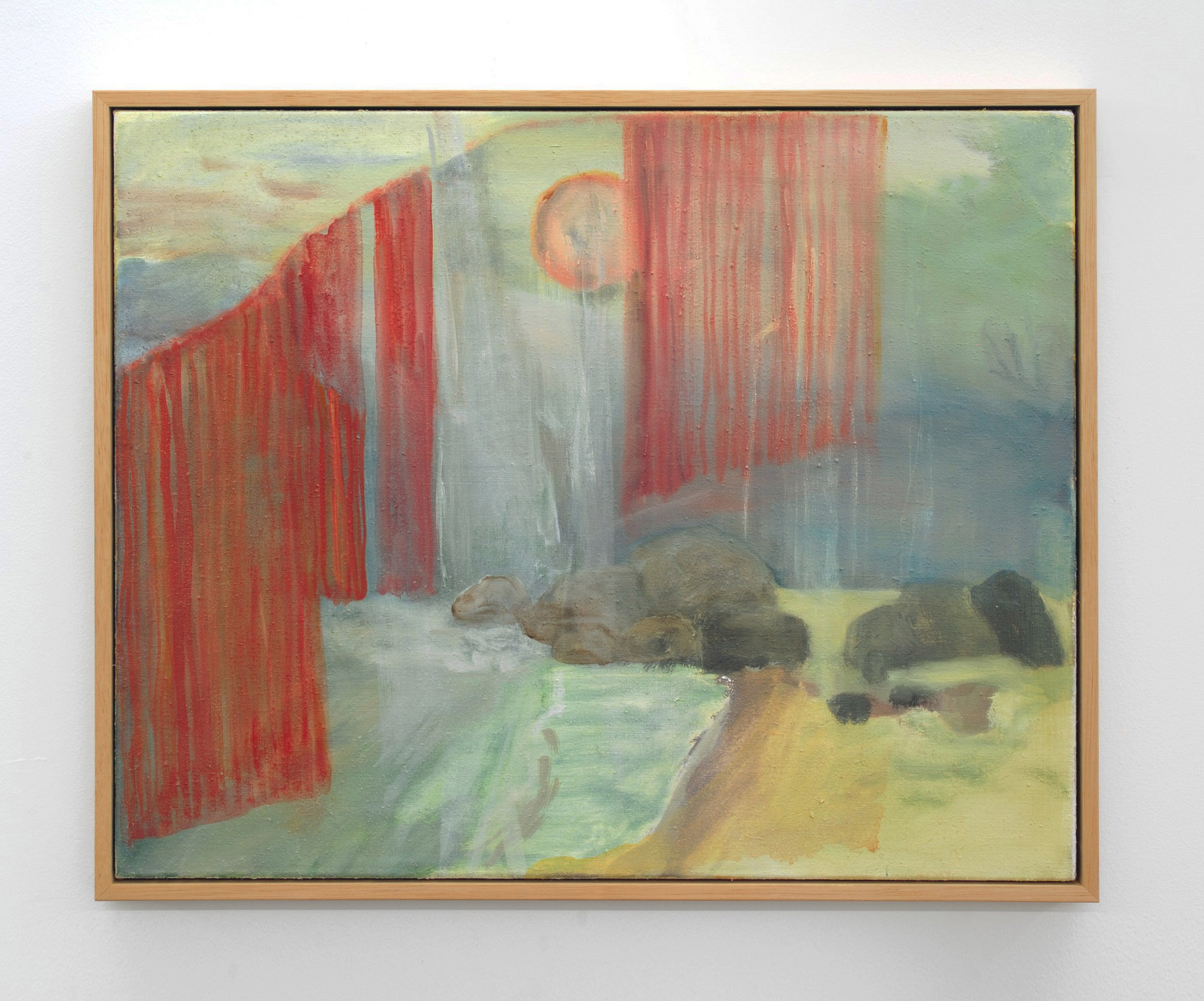
Milli Jannides
From end to end, 2010
oil on canvas, custom frame
475 x 585mm
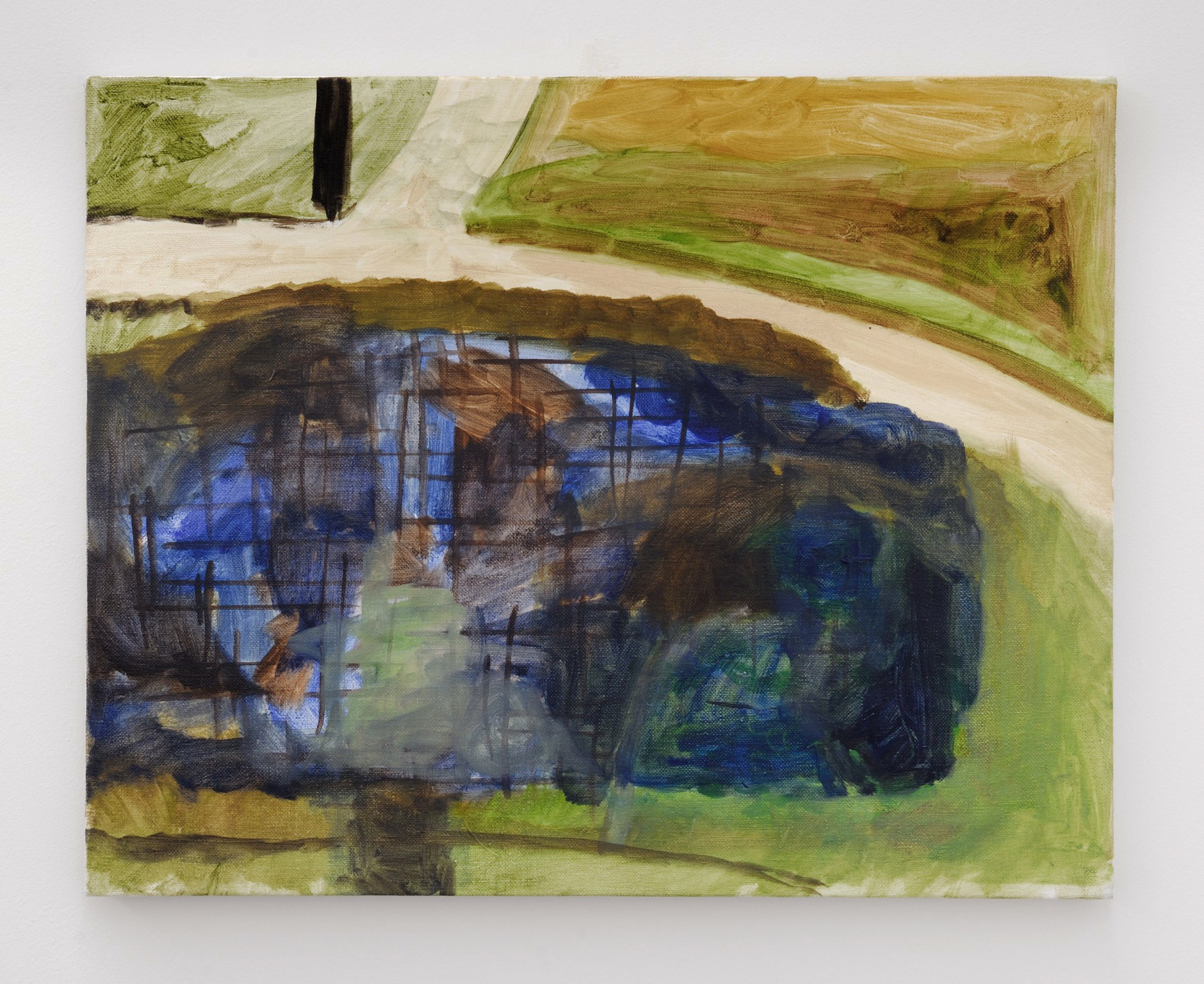
Milli Jannides
Knot in imagination, 2011
oil on canvas
450 x 560mm
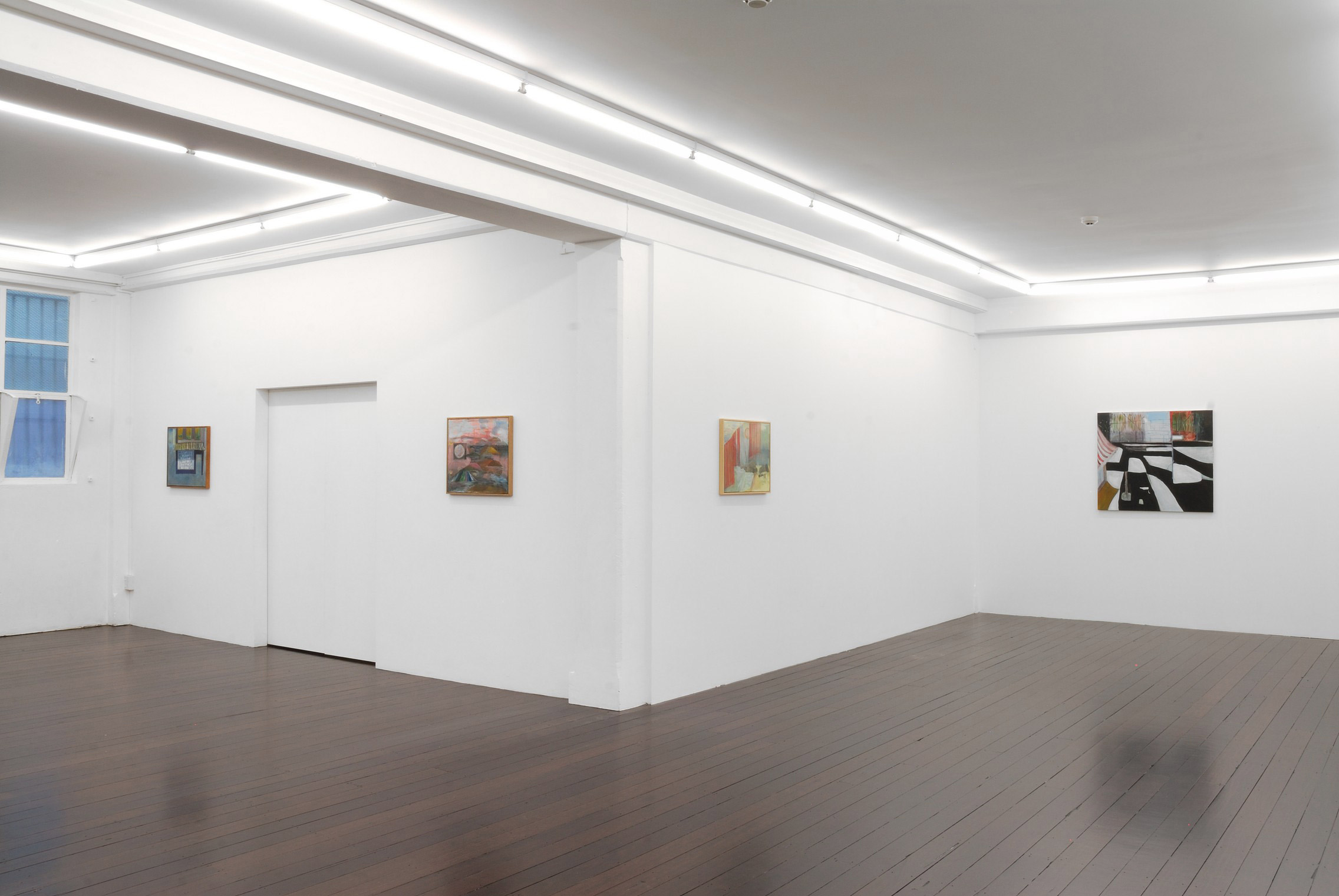
David Hofer and Milli Jannides, 2011
installation view: Hopkinson Cundy, Auckland
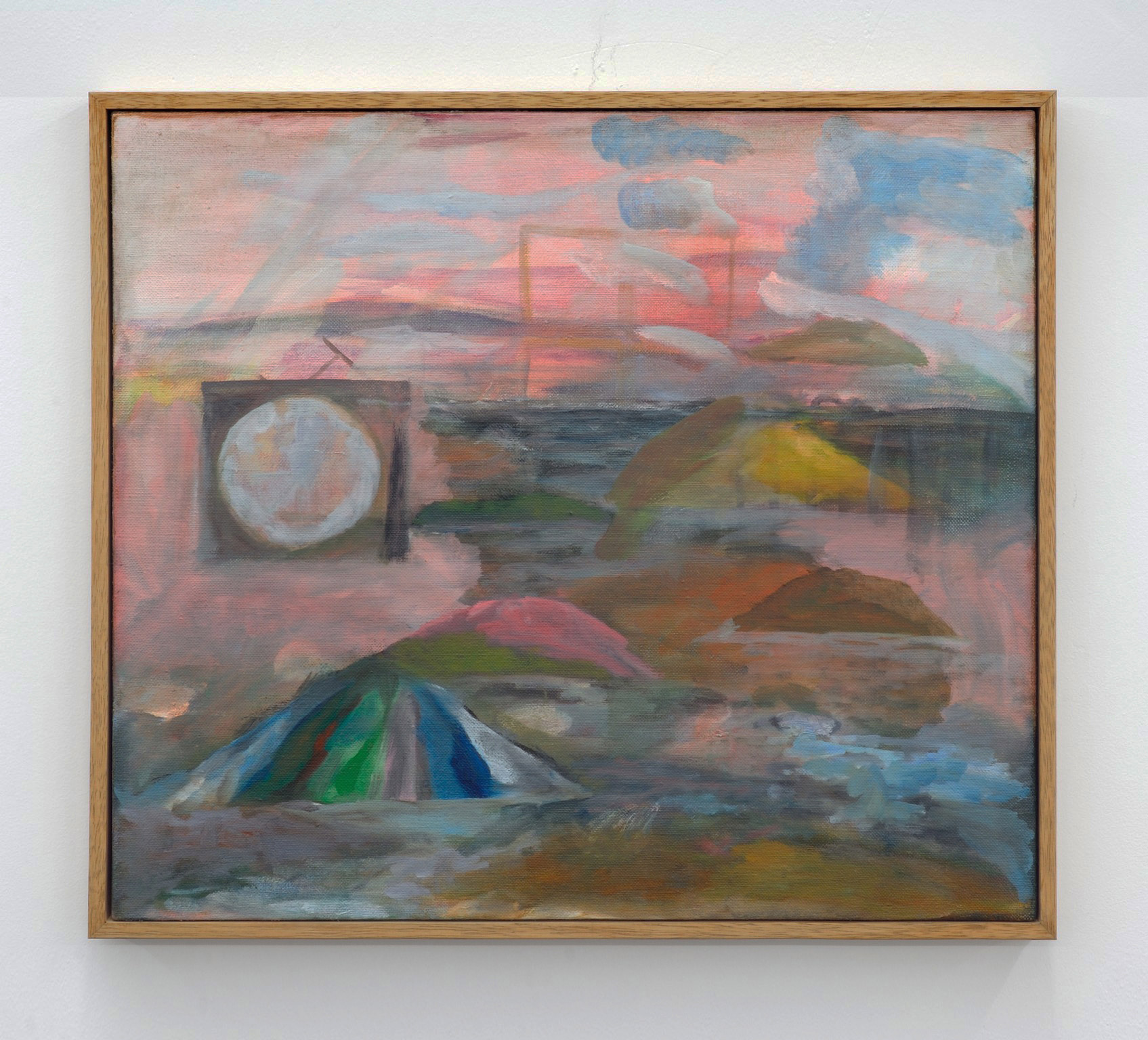
Milli Jannides
No God, 2011
oil on canvas, custom frame
490 x 560m
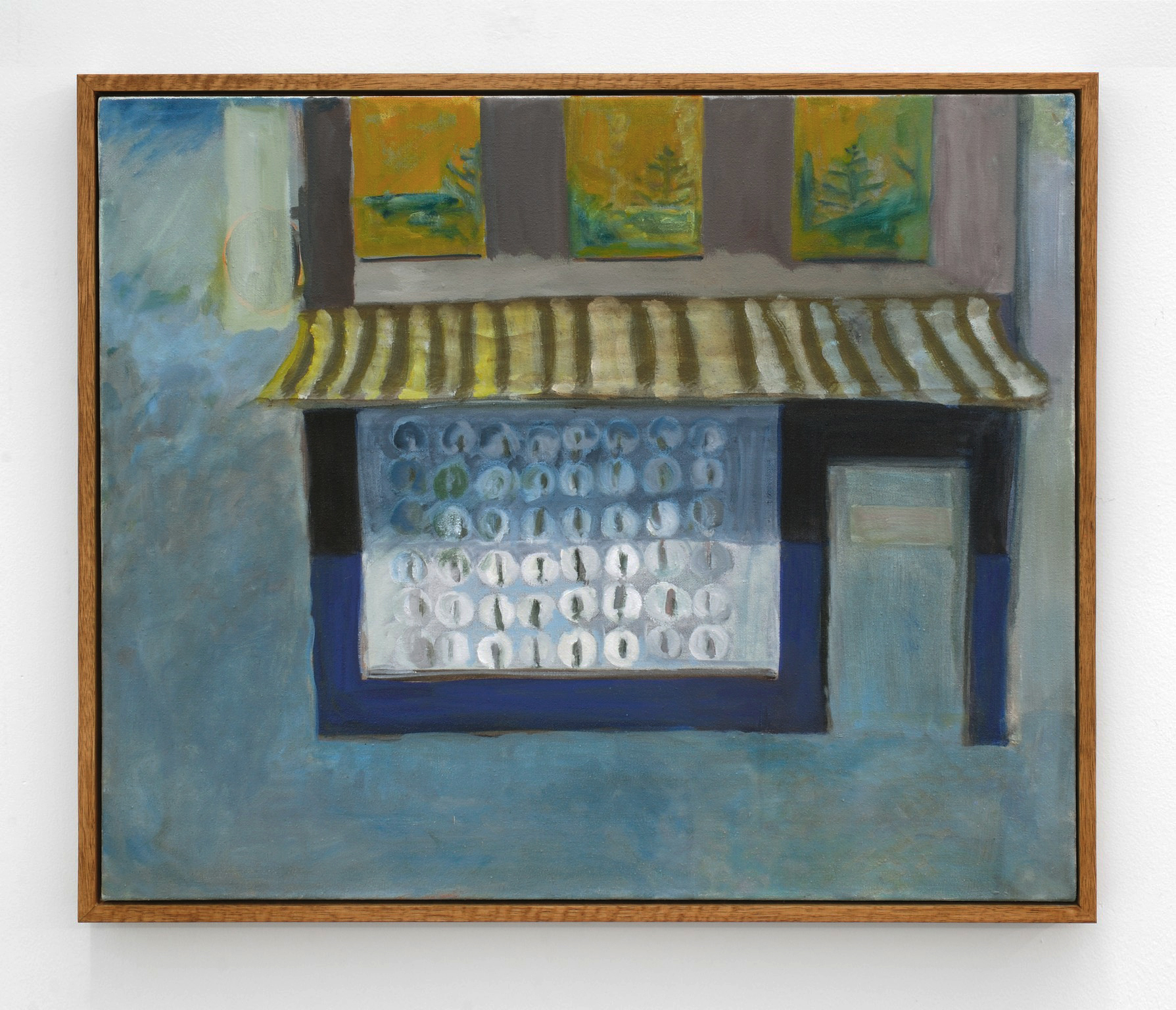
Milli Jannides
Quay Street, 2011
oil on canvas, custom frame
495 x 580mm

Milli Jannides
The sun made everything on the ground, 2011
oil on canvas
885 x 985mm
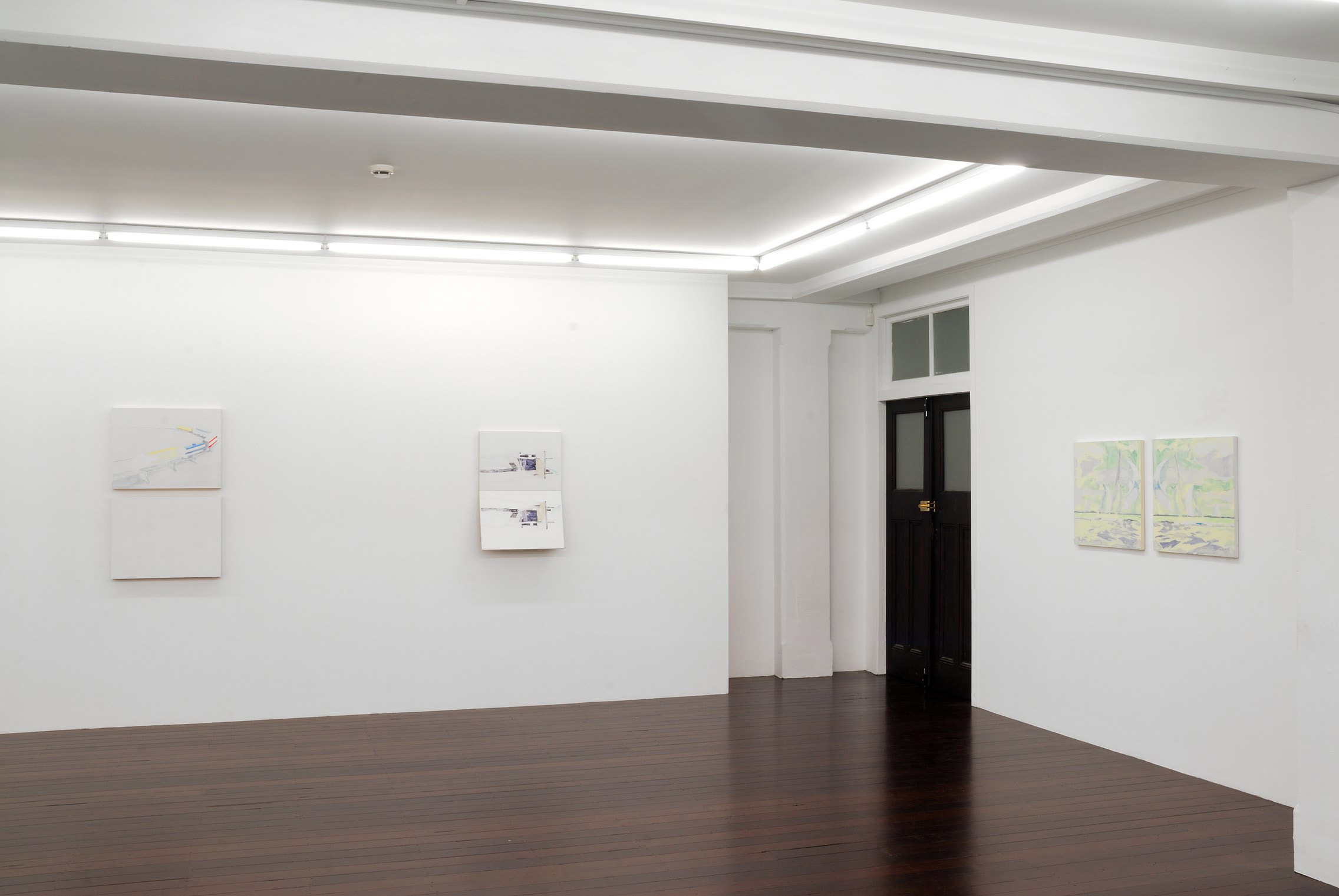
David Hofer and Milli Jannides, 2011
installation view: Hopkinson Cundy, Auckland
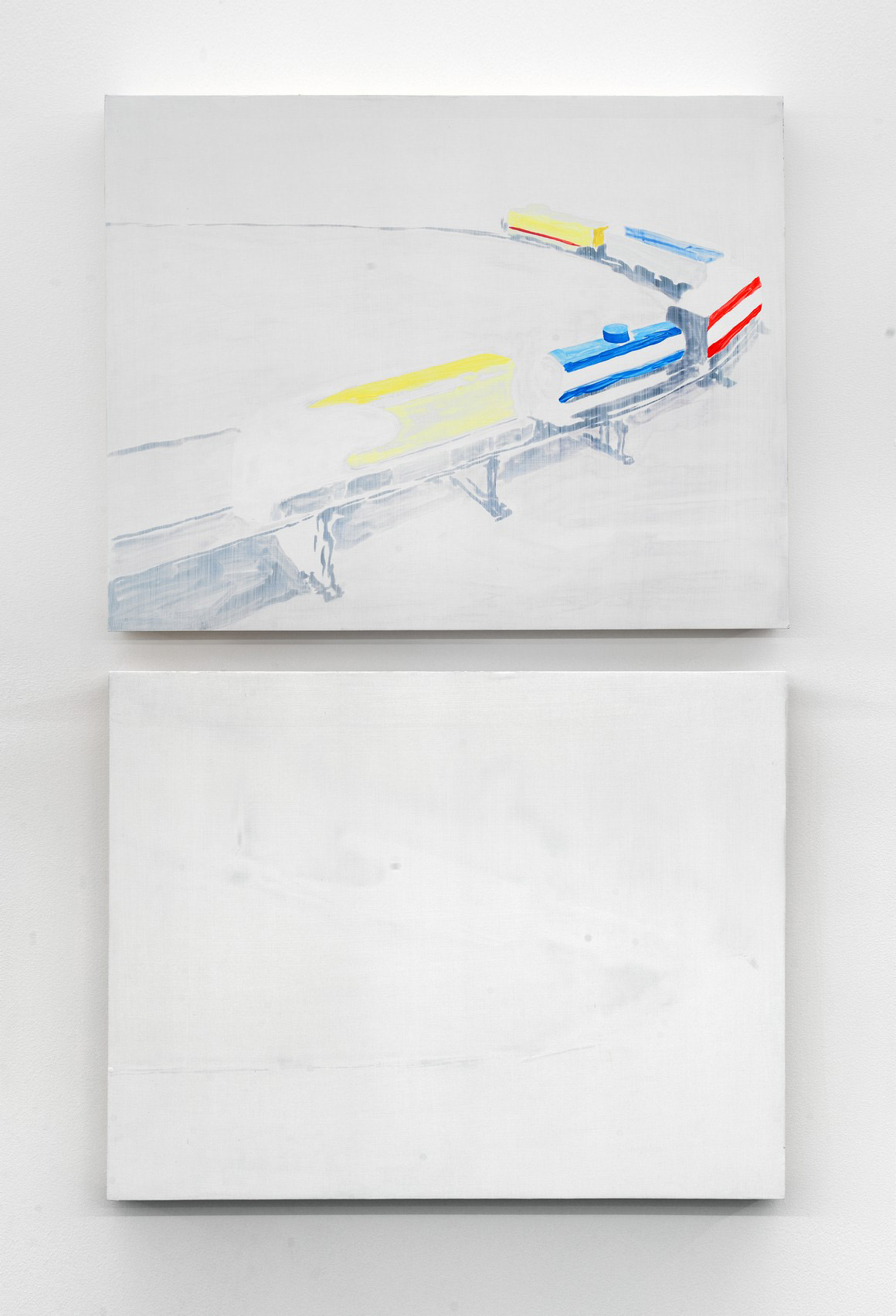
David Hofer
Untitled (yellow train), 2011
acrylic, masking tape on board
1052 x 640mm overall
diptych
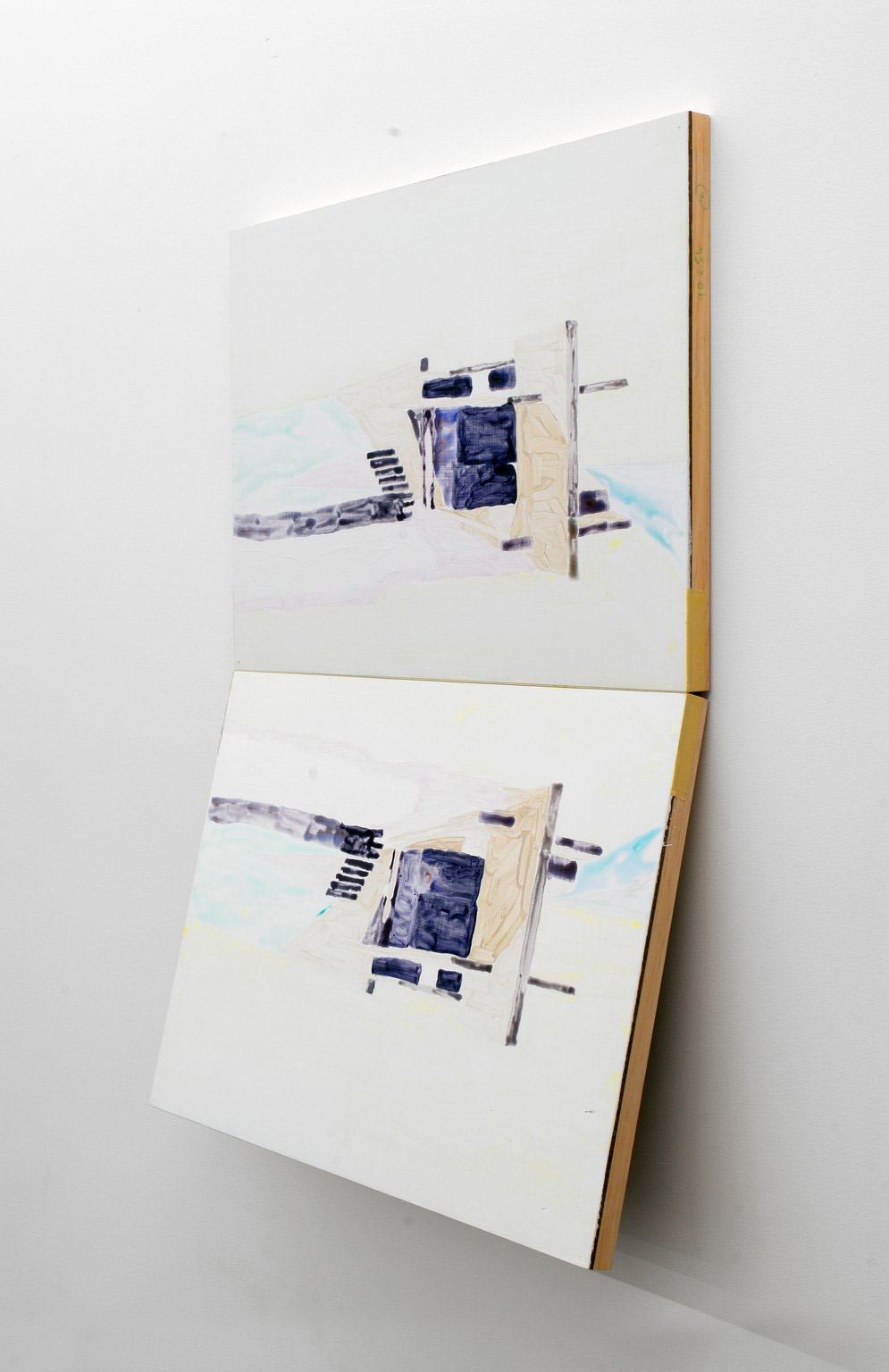
David Hofer
Lido, 2011
acrylic, masking tape on board
800 x 560mm overall

David Hofer
Indian Summer, 2011
acrylic, masking tape on board
600 x 1300mm overall
diptych
David Hofer, Milli Jannides
14 Apr – 14 May 2011
Auckland
Hopkinson Cundy is pleased to present a two-person exhibition of new painting by David Hofer and Milli Jannides.
David Hofer’s process begins with found images from almost-obsolete, romanticized genres of the recent past. Photographs of subjects such as model trains, birds and sailboats are further generalized by the artist’s process – reduced through drawing, copying and re-drawing, until only a schematic contour remains. These forms are then inverted and repeated in paint by mutual decalcomania and often presented in pairs – their pale surfaces sanded, rubbed, folded and pressed until the image almost completely dissolves into itself. Through the pared back, repetitive literacy of its painted forms, Hofer’s work resists categorization – positing painting as aware of its constantly iterating condition.
Milli Jannides uses quotations from undisclosed literary sources as material for her paintings. Imagined from language and not restricted to a specific genre, the paintings combine illusionistic forms in internally complex, at times disorienting, spatial configurations. Jannides paints directly onto the canvas without preparatory drawing and her surfaces evidence the changes of course and decision-making of a practice that affirms such complications and contingencies. In the end, despite their literary origins, Jannides’ modest, appealingly awkward, paintings look like nothing but themselves.
David Hofer completed the MFA program at Elam School of Fine Arts in 2010 with the exhibition Skipjack. Hofer’s work has been included in group exhibitions such as In Search of Last Time, Window, Auckland (2010) and Picnic on a Frozen River, Project Space B431, Auckland (2009), and in 2007 he made a solo show, Sea of Tranquility, at A Centre for Art, Auckland.
Milli Jannides graduated from the Elam School of Fine Arts in 2009. During her time at Elam she particpiated in an exchange to the Glasgow School of Art in 2007, and since graduating has studied as a guest student at Kunstakademie Düsseldorf (2010). Recent exhibitions include: Milli Jannides and Sam Rountree Williams, Victor and Hester, Glasgow; Keeping Still, A Centre for Art, Auckland (2009); and Paintings, Window, Auckland (2007).
All this happens swiftly, in silence, at the temperature and pressure of the atmosphere…1
My favorite comedian, Mitch Hedberg, has a joke that goes like this: “My job is to sit in hotel rooms and think of something funny, then I get a pen and write it down. If the pen’s too far away I have to convince myself what I thought of wasn’t funny.” Okay so the joke is basically about laziness. But I like to think about the pen itself and it’s instrumental relationship to his joke making, and then about how jokes come about in your head, and then making one about the pen – and I imagine it sitting on that table on the other side of the room. And I think about this other thing. There is Virginia Woolf’s Lily realising at dinner how to resolve a painting by putting a tree in the middle. To remind her of the idea she places a salt shaker in the middle of the table.2 There is obviously a concomitant relationship between ideas and things, but here let’s say we use things to enable the journey of an idea and ultimately the material existence of these things alters and defines the journey.
Or perhaps we think about it this way… rocks fly around the sun, colliding now and then. Great and small accretions of carbon, calcium, some metals, whatever you like. By joining together some bits have enough mass to begin a regular orbit. However this lump is lumpy, it has no regular shape. Eventually, at a certain size, under the influence of its own gravity, the spinning mass forms a sphere. The sphere heats up and materials with heavier densities begin to sink to the center of mass, leaving a layer of less dense materials on the surface… and much later I walk down the street and stop in front of my building. I look at its surface, recognising the material.
In Marcel Broodthaer’s Museum of Modern Art, Eagles Department, Film Section (1972) various films are projected onto a screen scattered with labels “Fig. 1”, “Fig. 2”, “Fig. A”, “Fig. 12” and so on, about ten labels in all. As the films play, their content is noted by the labels, so for example the position on the screen labeled “Fig. A” is at first a cart wheel, then a fighter jet, a cloud behind a helicopter, or a man’s head. However, without a reference index the “Fig.” labels become something other than a method of classification.3 By suggesting, but ultimately undermining, the image’s symbolic nature, and by physically disrupting the projection, the labels highlight the tactile material of the image projection, opening up the abstract potential of the images.
Martyn Reynolds, April 2011
Notes:
1. Primo Levi describing the moment of photosynthesis in plants in “The Story of a Carbon Atom”, The Periodic Table, 1975
2. Virginia Woolf, To the Lighthouse, 1927
3. Rosalind Krauss, A Voyage on the North Sea: Art in the Age of the Post-Medium Condition, 2000